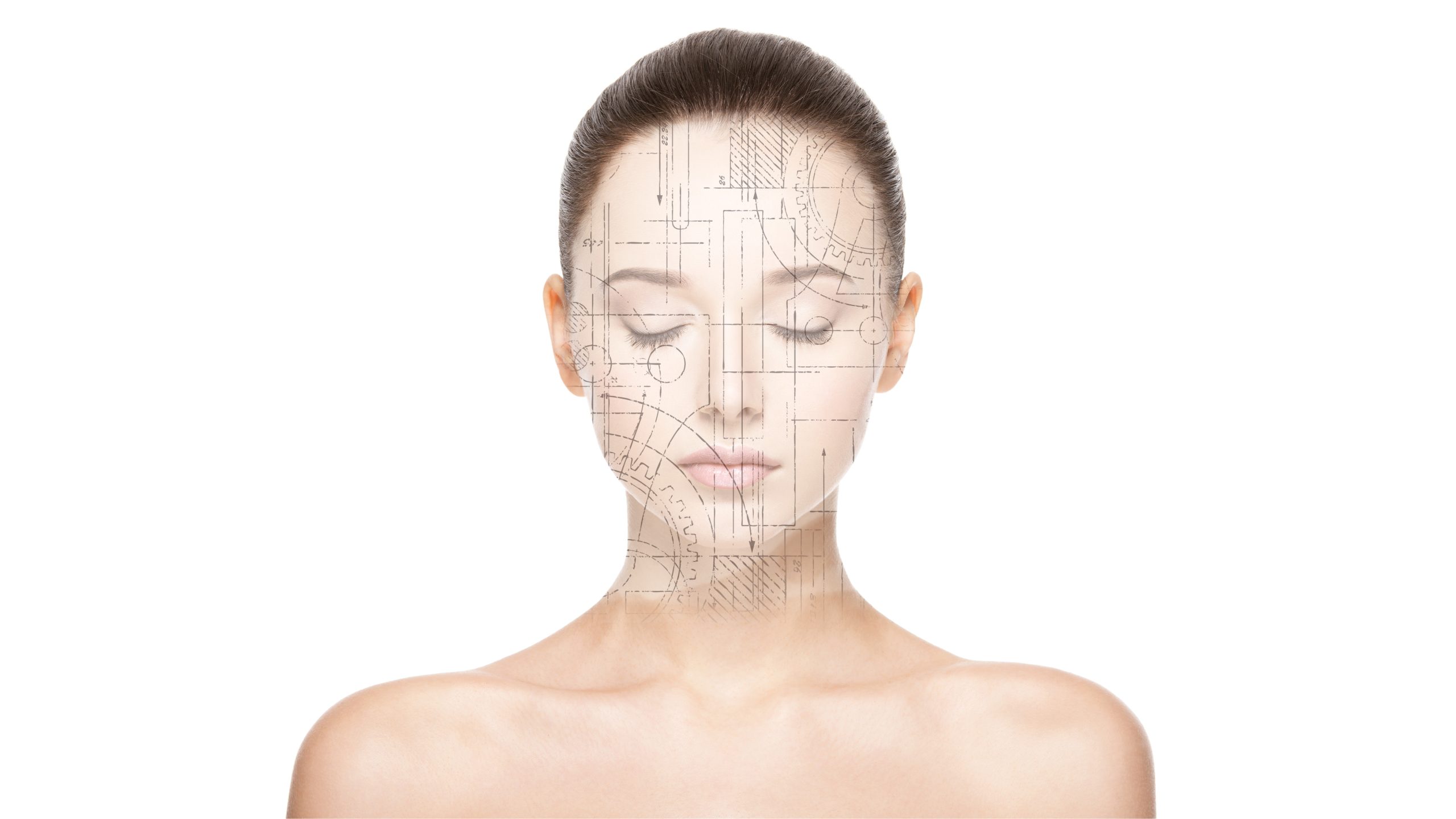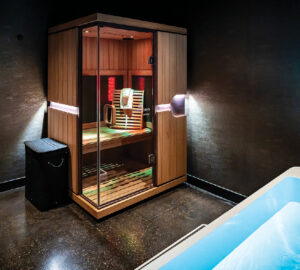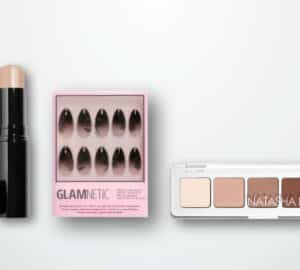Your face is the first thing others notice about you, so it’s important that it makes the right impression. But sometimes, all it takes is a slight imperfection to zap our confidence and make it difficult to put our best face forward. Whether it’s something that has always bothered you or a new issue that has arisen with age, there are steps you can take to address any problem.
eyes | microblading
According to master brow artist Courtney Carr, one of the most common concerns people have about their eyebrows is loss of density. She recommends microblading, a semi-permanent tattooing process that creates hairlike strokes. “After your brows have healed, I recommend using a brow growth serum to stimulate hair growth,” she explains. “Think about the concept being the same as microneedling—after microneedling treatments, your skin care products start working harder and better for you because of the channels being more open in the skin for better product penetration.” Microblading does not address the color of existing brows, so if grey hair is a concern, she also suggests a tinting service.
While microblading is semi-permanent, Carr recommends waiting a year or longer before placing more pigment. “It will keep your eyebrows looking more natural,” she says. “Waiting between touch-ups gives the pigment a little more time to fade before saturating the skin with more. Typically, another appointment is required within two and a half years.” Recovery for microblading requires keeping the brow area dry for seven to 10 days—this includes avoiding activities that cause profuse sweating. Shields can be used to protect the brows while bathing. Sun exposure can cause the treatment to fade, so Carr suggests wearing a hat to protect the area.
nose | rhinoplasty
According to the American Society of Plastic Surgeons, rhinoplasty is one of the most common facial plastic surgeries in the United States with more than 47,000 performed in 2023. Plastic surgeon Dr. Arya Namin says common aesthetic reasons for receiving a rhinoplasty are to correct a bump in the nose, crooked appearance or bulbous appearance. He adds that the procedure also is commonly performed to help with breathing difficulties. “Rhinoplasty changes the appearance of the nose by altering the structure of the bone and cartilage,” he explains. “Because every nose is so unique, it’s one of the hardest operations in plastic surgery. It’s important to find a surgeon who is passionate about rhinoplasty—not someone who only does a few each year.”
As it is an elective procedure, Namin recommends patients be in good health while undergoing rhinoplasty. The process begins with one or two consultations to get an understanding of what the objectives of the surgery are. Namin notes that a typical surgery lasts between three and four hours, but complex revisions can take around six. “I recommend patients take a week off work,” he says. “If they have a public facing job, they may want to take two. By that time the bruising and swelling will be gone. By four weeks, 80% of the healing is done, and you start to see early results. Around one year after the procedure, you’ll see final results. There may be very minor changes in the appearance of the nose after that, but things are typically very stable.”
lips | fillers
When it comes to concerns about lips, most people are looking for more volume. Results are usually achieved using dermal fillers. Along with adding volume, dermal fillers can be used to treat fine lines that form around the lips. Fat pads and the bone structure that provides support to the lips start to atrophy with age, resulting in line formation. Until recently, there were limited options to treat these winkles. Two newer types of injectable filler, Volbella and Redensity, have been made to address lip lines while maintaining a natural appearance.
As with any injection, it’s important to consult with your provider before receiving dermal filler in the lips. Swelling and bruising are always potential side effects, and other factors can affect recovery. Taking anti-inflammatory supplements can result in increased bleeding and bruising after the procedure, and patients with a history of cold sores may experience skin irritation that triggers an outbreak. Both negative outcomes can be avoided by taking the proper steps. Getting the desired results may require multiple small injections. Thinner lips don’t always hold filler, so it can take more than one appointment. Plus, gradually plumping the lips over time also creates a more natural appearance and can help prevent overfilling.








